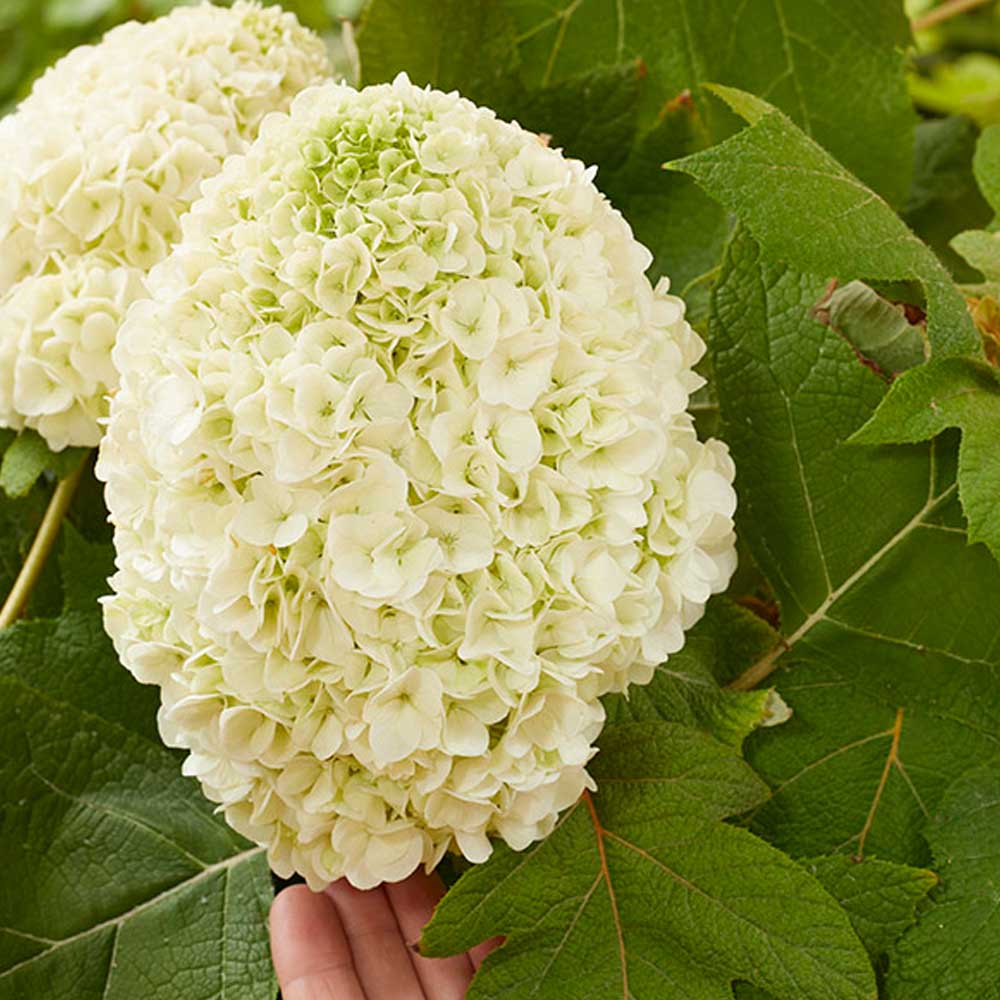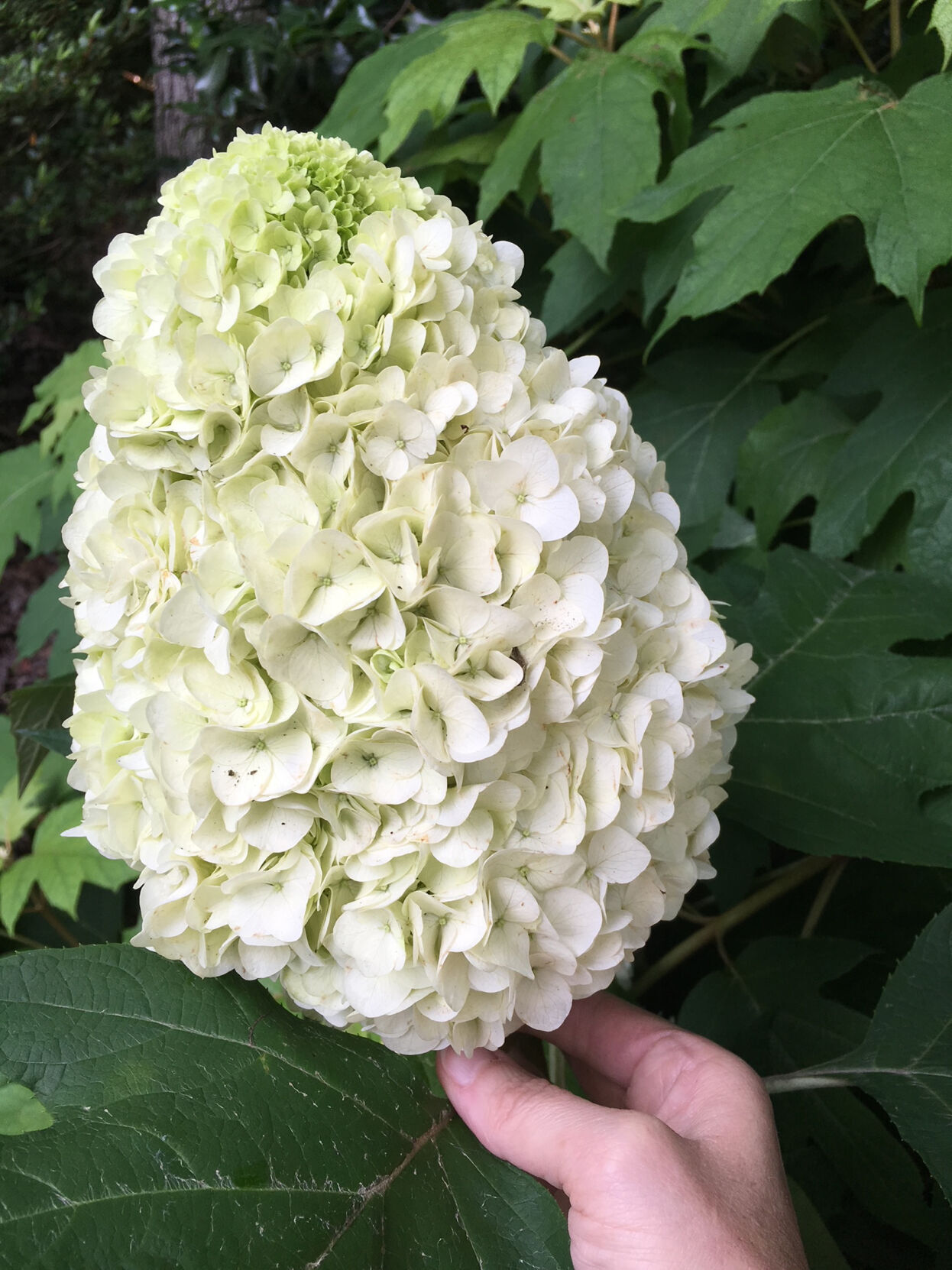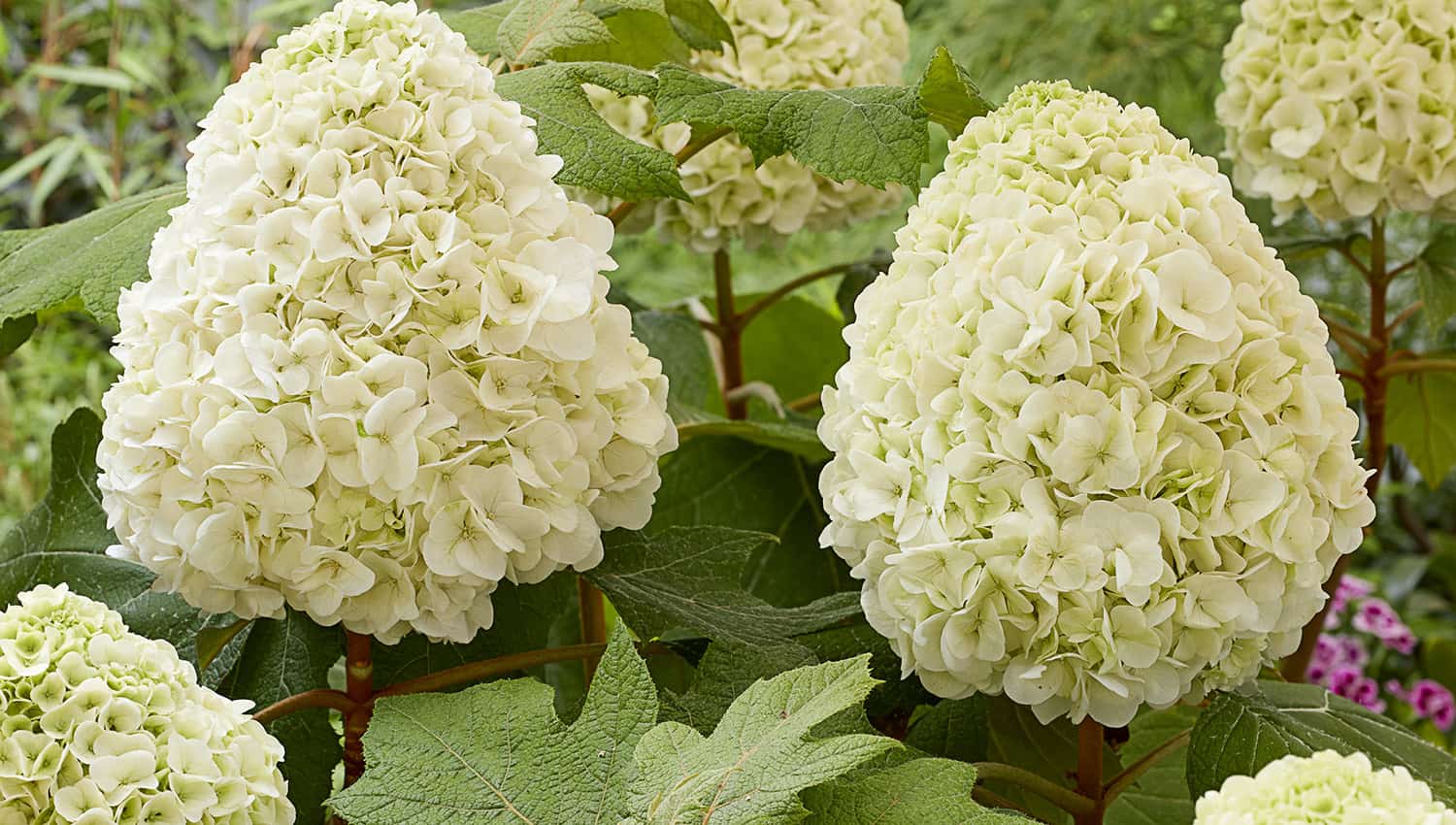Tara Hydrangea: The Showstopper Shrub That Will Bloom All Summer Long
Tara Hydrangea: The Showstopper Shrub That Will Bloom All Summer Long
If you're looking for a shrub that will add beauty and interest to your garden all summer long, look no further than the Tara hydrangea. This stunning plant is known for its large, double white flowers that bloom from late spring to early fall. The flowers are so densely packed together that they give the Tara hydrangea a unique "spongy" texture.
In addition to its beautiful flowers, the Tara hydrangea also has attractive foliage. The leaves are large and oak-shaped, with a deep green color that turns to shades of red and bronze in the fall. The Tara hydrangea is a relatively easy plant to care for, and it is hardy in USDA zones 5-9.
If you're thinking about adding a Tara hydrangea to your garden, here are a few things you should keep in mind:
- The Tara hydrangea prefers full sun to partial shade.
- It needs well-drained soil.
- It is drought-tolerant once established.
- It should be fertilized once a year in the spring.
- It should be pruned after the spring bloom.
With proper care, the Tara hydrangea will be a showstopper in your garden for many years to come.
Here are some additional insights and updates about the Tara hydrangea:
- The Tara hydrangea is a relatively new variety, having been introduced in 2015.
- It was bred by Tara Bivin, a horticulturist from the United States.
- The Tara hydrangea is a compact shrub, typically growing 6 feet tall and wide.
- It is a vigorous grower, and it can reach its full size in just a few years.
- The Tara hydrangea is a hardy plant, and it can withstand temperatures as low as -20 degrees Fahrenheit.
- It is a drought-tolerant plant, but it will perform best if it is watered regularly during the summer months.
- The Tara hydrangea is a relatively pest- and disease-free plant.
- It is a deer-resistant plant.
If you're looking for a beautiful and easy-care shrub that will add color and interest to your garden all summer long, the Tara hydrangea is a great option.
If you're looking for a hydrangea that is both beautiful and low-maintenance, the Tara hydrangea is a great option. With its large, double white flowers and stunning fall foliage, Tara is sure to add a touch of elegance to any garden.
Tara hydrangeas are relatively easy to care for. They prefer full sun to partial shade and moist, well-drained soil. Once established, Tara hydrangeas are drought-tolerant and can withstand temperatures as low as -25 degrees Fahrenheit.
If you're interested in learning more about Tara hydrangeas, I recommend visiting . This website has a wealth of information about Tara hydrangeas, including care tips, planting instructions, and photos of different Tara hydrangea cultivars.
FAQ of tara hydrangea
- What is a tara hydrangea?
A tara hydrangea is a type of hydrangea that is native to Japan. It is characterized by its large, showy flowers that can range in color from blue to pink to white. Tara hydrangeas are relatively easy to care for and can grow in a variety of climates.
- What are the different colors of tara hydrangeas?
The color of tara hydrangea flowers depends on the acidity of the soil. In acidic soil, the flowers will be blue. In alkaline soil, the flowers will be pink. If you want to change the color of your tara hydrangea flowers, you can add sulfur to the soil to make it more acidic, or you can add lime to the soil to make it more alkaline.
- How do I care for a tara hydrangea?
Tara hydrangeas need full sun to partial shade and well-drained soil. They should be watered regularly, especially during hot, dry weather. Tara hydrangeas are not very tolerant of cold, so they should be sheltered from frost in colder climates.
- How do I propagate a tara hydrangea?
Tara hydrangeas can be propagated by division or by cuttings. To divide a tara hydrangea, dig up the plant and carefully separate the roots into two or more sections. Each section should have at least one healthy root and a few shoots. Plant the divisions in a well-drained soil and water them regularly.
To propagate a tara hydrangea from cuttings, take a 4- to 6-inch cutting from a healthy plant in the spring or summer. Remove the leaves from the bottom half of the cutting and dip the cut end in rooting hormone. Plant the cutting in a well-drained potting mix and water it regularly. Keep the potting mix moist but not soggy. The cutting should root in about 4 to 6 weeks.
- What are some common pests and diseases of tara hydrangeas?
Tara hydrangeas are susceptible to a few common pests and diseases, including:
- Aphids: Aphids are small, soft-bodied insects that can suck the sap from hydrangea leaves. They can cause the leaves to wilt and turn yellow.
- Scale insects: Scale insects are small, round insects that attach themselves to hydrangea leaves and stems. They can suck the sap from the plant, causing the leaves to wilt and fall off.
- Powdery mildew: Powdery mildew is a fungus that can cause a white, powdery growth on hydrangea leaves. It can weaken the plant and make it more susceptible to other diseases.
- Leaf spot: Leaf spot is a fungus that can cause brown or black spots on hydrangea leaves. It can also cause the leaves to wilt and fall off.
If you notice any of these pests or diseases on your tara hydrangea, you can treat them with insecticidal soap, neem oil, or horticultural oil. You can also remove affected leaves and stems to help prevent the spread of the pests or diseases.
Image of tara hydrangea
Here are 5 different images of "tara hydrangea" from pinterest.com:
- Image 1: A close-up of a single tara hydrangea flower. The flower is a deep blue color with a white center. The petals are delicate and slightly curled.
- Image 2: A full bouquet of tara hydrangeas. The flowers are a variety of colors, including blue, pink, and white. The bouquet is arranged in a vase and placed on a table.

- Image 3: A tara hydrangea bush in full bloom. The bush is covered in flowers of different colors. The flowers are surrounded by green leaves.

- Image 4: A tara hydrangea tree. The tree is tall and slender. It is covered in flowers of different colors. The flowers are surrounded by green leaves.

- Image 5: A tara hydrangea landscape. The tara hydrangeas are planted in a garden. They are surrounded by other flowers and greenery. The garden is in full bloom.

Post a Comment for "Tara Hydrangea: The Showstopper Shrub That Will Bloom All Summer Long"